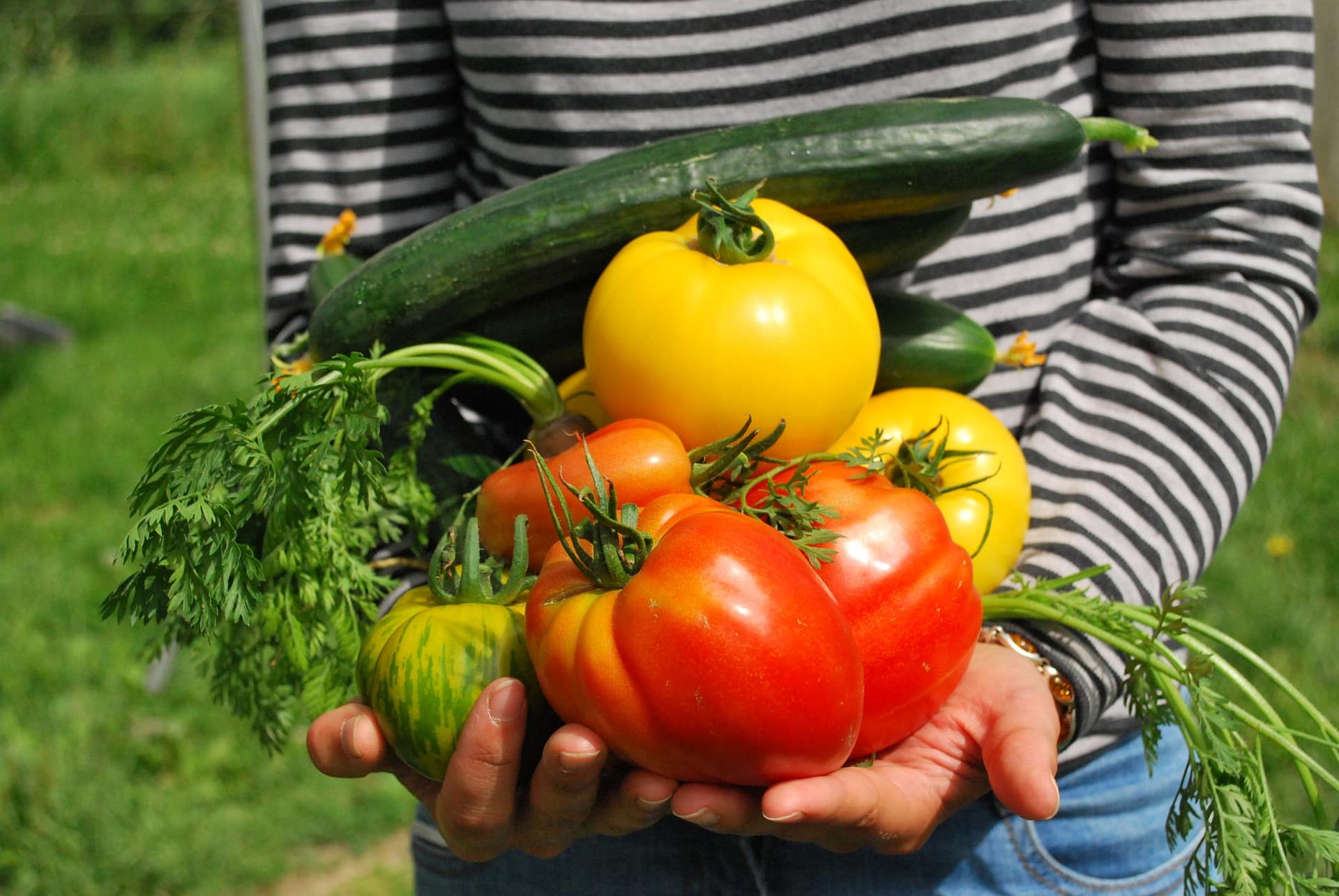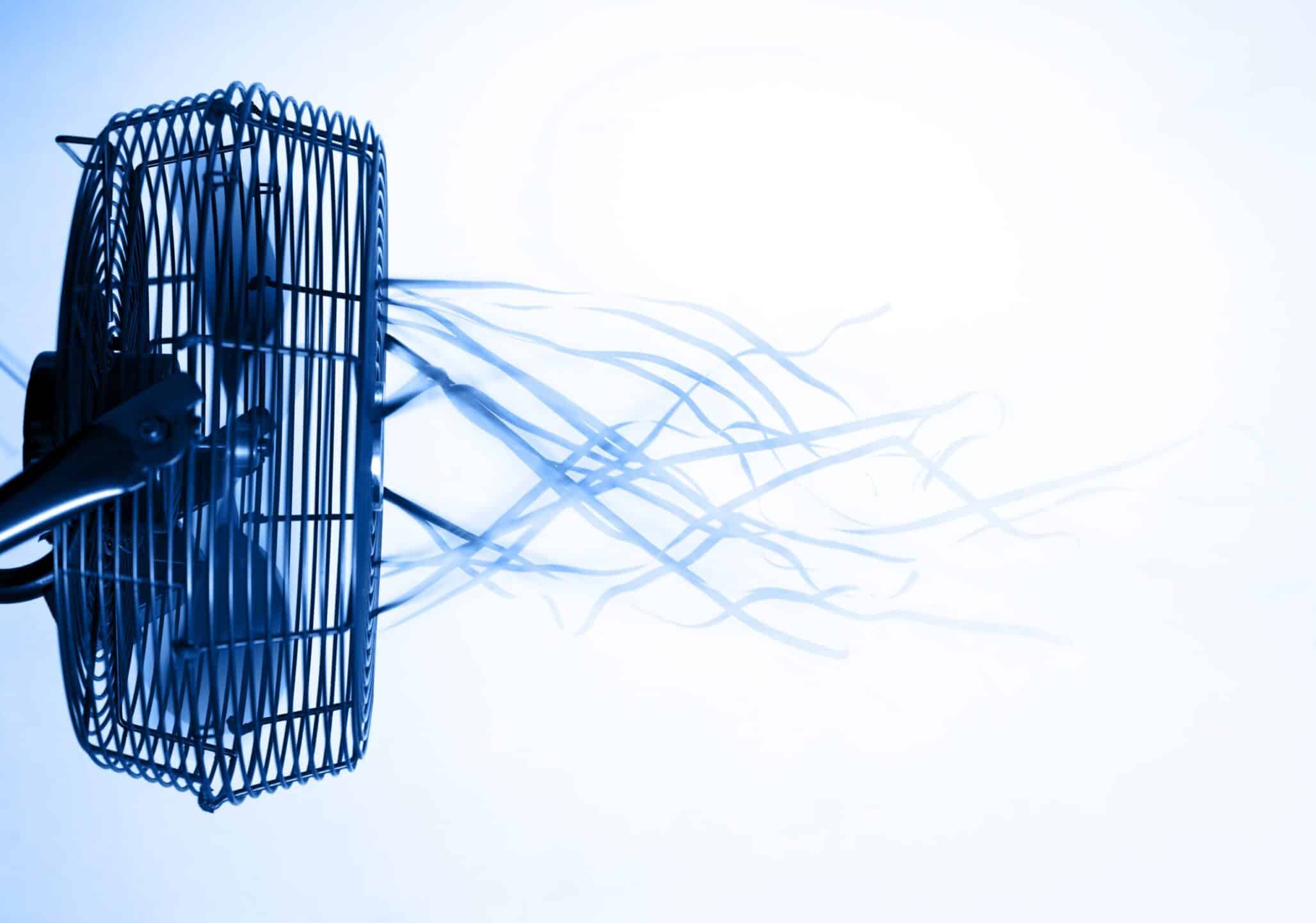With 2021 planting ahead, home garden and vegetable companies prepare for another potential boom.
As the new year continues, we’ve all been working on putting 2020 behind us. Although, with a pandemic, stay-at-home orders, China Trade deals, stimulus checks, a presidential election and a second wave … 2020 is hard to forget.
One sector of our industry, in particular, will find it difficult to forget, especially with 2021 planting hot on its heels: the home garden seed sector, but most importantly, the vegetable seed sector.
When stay-at-home orders hit last March, home garden and vegetable seed companies found themselves with an unprecedented moment: hundreds and hundreds of new seed orders.
A Mistake, or Just a Spike?
Wayne Gale, president of Stokes Seeds, says that at first, his company thought it was a mistake. But, Gale can pin down the exact date that his sales went through the roof — and it was right after the grocery store panic buying started.
“One week after the grocery stores went through the roof, our orders went through the roof as well,” Gale says. “The season had started to slow down to the point we normally only get between 300 to 400 orders on the home garden seed side. That week, customer service told me we had more than 1,000 orders on the website alone.”

Gale says that earlier in the week, there had been some tinkering done on the website, so initially, he thought there was an error and the orders had been duplicated.
“We went back in and realized that these were all from new customers and they were all new orders,” he says.
One thing Gale says is important to know is that these new customers didn’t have the Stokes Seeds catalogue.
“These new customers found us on the internet and ordered everything cold turkey on the website,” he says.
Stokes Seeds has facilities in both the U.S. and Canada and reported unbelievable demand in the home garden section in both countries.
“Both our U.S. and Canada websites were shut down for periods, or they were only allowing so many orders per day,” Gale says. “For a time, even our call centers were shut down in order to facilitate more efficient use of staff in entering orders, instead of being on a call for half an hour to 45 minutes listening to a dictation of an order.”
Diane Blazek, executive director of the National Garden Bureau (NGB), says this wasn’t just a trend at Stoke Seeds. The home garden seed sector found itself on quite the rollercoaster ride this year.
“When we all met last year at the ASTA Flower & Veg show, everything was just like normal,” Blazek says. “Then, everything really broke loose in February and March, and there were a lot of unknowns about what exactly was going to happen, and how it would impact our industry.”
She notes that most NGB members are online seed sellers, which means, they, like Gale, experienced an unprecedented demand.
“Those sellers saw the impact immediately, and were swamped,” she says.
Another seed and plant company that saw a huge spike in demand was Burpee.
“In 2020, we saw increased sales as many people turned to home gardening,” says Jamie Mattikow, CEO and president of Burpee. “Since March, Burpee is up 60% compared to the same time in 2019, with a mix of both experienced and new gardeners.”
Mattikow says that in particular, edibles had strong growth in 2020.
“Namely, tomatoes, peppers squash and beans all saw strong growth and demand,” he says. “There was also heightened interest in our heirloom and organic varieties.”
All-in-all, Mattikow estimates over 18 million new gardeners from 2020.
“To help these new gardeners achieve success, we offered curated suggestions for easy-to-grow plants in our first-ever fall digital catalogue,” he says.
Seeing and Tackling Problems
Gale found some difficulty in fulfilling orders with the pandemic.
“There was a lot of COVID anxiety in employees, and I know some companies did better managing it than we did,” he says. “A lot of people didn’t want to come into work. We lost a lot of staff, especially in the home garden side.”
On the commercial side of the company, Gale notes growers in Canada suffered due to foreign worker problems.
“Canada was slow in getting clearances for a lot of the staff that came up from Mexico and the Caribbean, which caused a number of our growers to suffer,” he says. “There were a lot of early crops that were either not planted or not harvested.”
On the U.S. commercial side, Gale notes that they had less of a foreign worker issue, and more of a market issue.
“If you’re a type of grower supplying onions in a five-pound bag to grocery stores, there really wasn’t a huge problem,” he says. “However, if you’re on the side of the industry selling a 50-pound bag of onions to universities, cafeterias, processors — those types — then you suffered, because the restaurants and cafeterias closed.”
One thing in particular Blazek notes was how amazing it was for the retailers to come together and solve this problem.

“We’ve heard so many heartwarming, innovative stories on how companies were able to deal with everything,” she says. “You know, they’re in the midst of shipping out to the consumers when the pandemic hit, and suddenly, no one was able to be in their offices. But we were hearing anywhere between 200 to 400% of normal seed orders and sales.”
Trying to tackle that kind of demand with short staff made it difficult, to say the least.
“They had to add second and third shifts, but then the question became: how do you add employees during a pandemic?” Blazek says. “One of our members thought: ‚ÄòHey, all the restaurants are closed.’ They ended up speaking to one of their friends in the restaurant industry and were able to bring the restaurant staff in to help their company fulfill orders.
“I might look at life through rose colored glasses,” she jokes, “but I think that there are an incredible number of people who were innovative in how they dealt with what the pandemic was dealing them.”
What’s Seed Supply Look Like?
While 2020 might have shaped up to be hectic on the home garden seed side of things, 2021 is shaping up a little better.
One thing of importance that Gale notes is that it does not look like there will be a seed shortage at all.
“We haven’t seen signs of a seed shortage, and so far, there’s been nothing out of the ordinary,” he says. “Normally, the biggest problem domestically is the weather in Washington, Idaho and California, where a lot of the U.S. domestic seed production for sweet corn, onions, carrots, watermelon and more are grown. If they’re having a dry or hot season — which they had a hot season in 2020 — that can affect pollination and harvest.”
Internationally, Gale says the biggest problem hanging over the industry is the tariffs between the U.S. and China.
“China is a large producer of cucurbits,” he says. “Quite a few companies grow their supply and multiply their vegetable seed in China. The Trump administration put in a 25% tariff, which was disruptive.”
Other than that, the threat of Tomato Brown Rugose Fruit Virus (ToBRFV) is another international and domestic threat to peppers and tomatoes.
“The industry is still grappling with ToBRFV, but it’s a bit better this year due to testing formalization,” he says. “ToBRFV did cause some seed shortages in tomato and pepper last year, but I think that’s mostly settled for 2021.”
When it comes to delivery, Gale says he expects vegetable seed deliveries to be just like normal — terrible.
“Vegetable seed is always terrible as far as delivery,” he says. “I know a number of my purchasing guys have always said it seems like a crime against business. We typically don’t get as much as 30% of our seed on the date we asked for — it’s always delayed. I see that as being one of the biggest hassles for 2021, because there’s no such thing as just in time inventory. Mother Nature does not work to a schedule. She will produce when she produces in a quality level that she seems to feel is adequate.”
Another 2021 Boom
If you had asked Gale in September if he thought there would be another seed boom, his response would have been, “No way!”
“Three months ago, I would have told you we’d probably see a decline in business versus last year, as people realized how difficult it is to grow your own food,” he says. “It’s not just something you put in the ground and stand back to let it grow — there’s weeding and watering and even fertilizing. Plus, with the summer, a lot of people vacation for two weeks, and you can’t do that with a garden. Animals will have eaten everything, or the weeds would have taken over.”
Gale thought that as the grocery stores went back to normal and had a steady supply of toilet paper, the seed sales would steadily go back to normal.
However, something changed his thoughts on that. Namely, the COVID spikes that have been rising from the Thanksgiving and Christmas holidays.

“March was a cakewalk in comparison to the second waves we’re having today,” Gale says. “A lot of the U.S. states and provinces are anywhere as much as four, five, six or even 10 times the infection rate we had back in March.”
All that to say, Gale anticipates that there will be another large bump in demand in 2021.
“I think we’re going to see that big bump we had last year, and I think it’ll be at least a similar demand we saw in 2020,” he says. “So, I anticipate that our sales should be somewhat similar to 2020, with the potential for being a little higher.”
Mattikow agrees.
“We have increased our resources and capacity, so we’re fully prepared to accommodate a sustained surge in demand,” he says. “Our year-over-year demand growth rate has not slowed since the spring, and we continue to see increases across product categories. We expect this demand to continue in 2021.”
In preparation, Gale says they’ve been mailing their catalogues.
“At one time, I wasn’t going to mail the Stokes catalogue out to those March newbies, because I figured they weren’t going to come back,” he says. “However, since we are expecting a strong season similar to 2020, we decided to mail everyone our catalogue.”
Other than that, Gale’s focus is on mitigating the COVID anxieties in staff.
“We want everyone to feel safe coming to work,” he says. “Everyone has a lot of family responsibilities from children to older family members living with them to first responders living with them.”
What this means for Stokes is a higher level of security within their environment.
“Since March, we don’t allow visitors in the building, unless it’s a maintenance person,” he says. “We all wear masks when we leave our seats, and we’ve shut our on-location store down for right now. But easing the COVID anxieties is definitely going to be the biggest challenge in 2021.”
As for marketing, Gale says it’s business as usual.
“We’re almost afraid if we do too much extra, we might get inundated again,” he says. “The big worry is not so much seed supply — we’ve got plenty of that. It all goes back to COVID and our people. We currently have maybe 30 people in our warehouse, and it’s very safe. You don’t want to start needing to put 60 people, which won’t allow the six-foot clearance and introduces more people into your bubble.”
Now, Gale says, it’s just a balancing act and anticipating what 2021 will look like.












